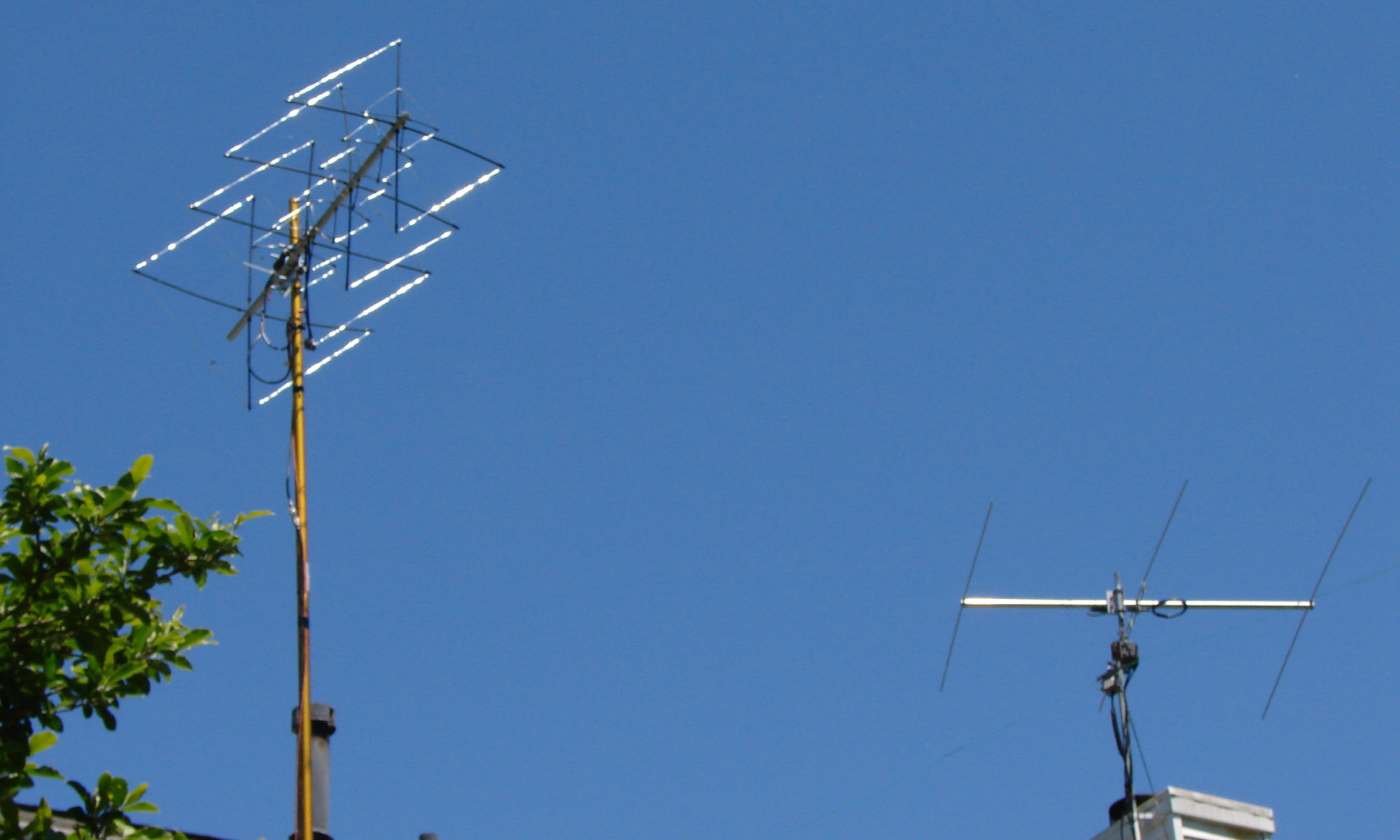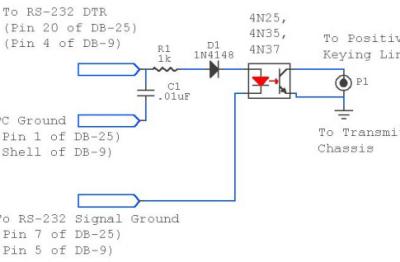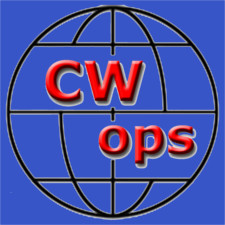A summary of radiosport topics for the casual contester
As we enter the new year, our calendars start to fill up with contesting opportunities. There are hundreds of contests each year, some of which are bound to be of interest to almost any ham.
The first general-interest contest of the year is the ARRL RTTY Roundup. A classic for decades, the RTTY Roundup now includes all digital modes, so it will be attractive to newer hams and anyone else who has been bitten by the FT8 bug. Continue reading “Contesting notes – January 2022”

 I recently replaced my shack computer, a Dell Optiplex, with a Dell Precision i7 workstation. I generally buy off-lease computers, since they are only a couple years old, well-equipped and reasonably priced, and Linux runs on them just fine.
I recently replaced my shack computer, a Dell Optiplex, with a Dell Precision i7 workstation. I generally buy off-lease computers, since they are only a couple years old, well-equipped and reasonably priced, and Linux runs on them just fine. Earlier this year, I stumbled upon the weekly CWops sprints when working the monthly
Earlier this year, I stumbled upon the weekly CWops sprints when working the monthly